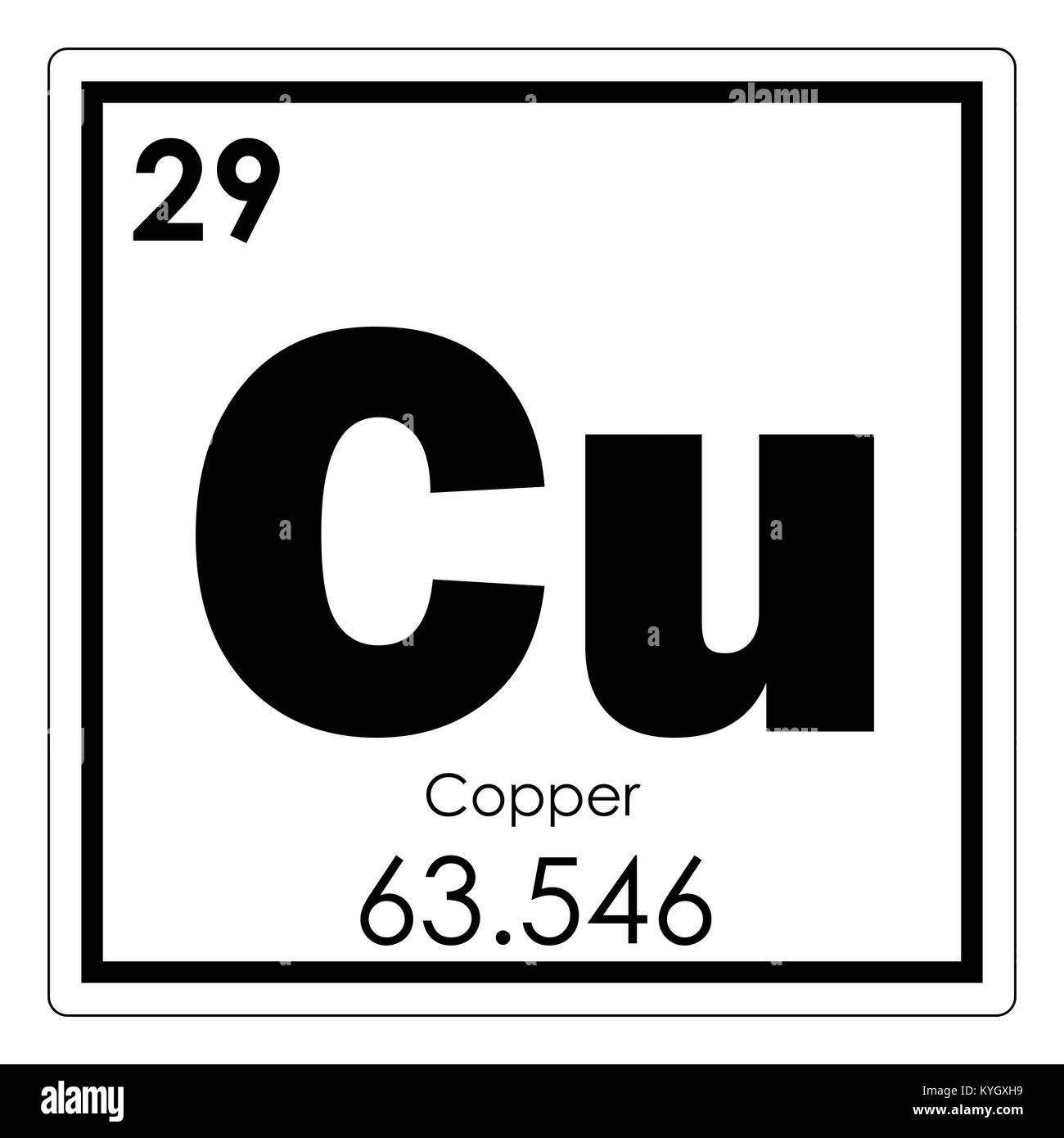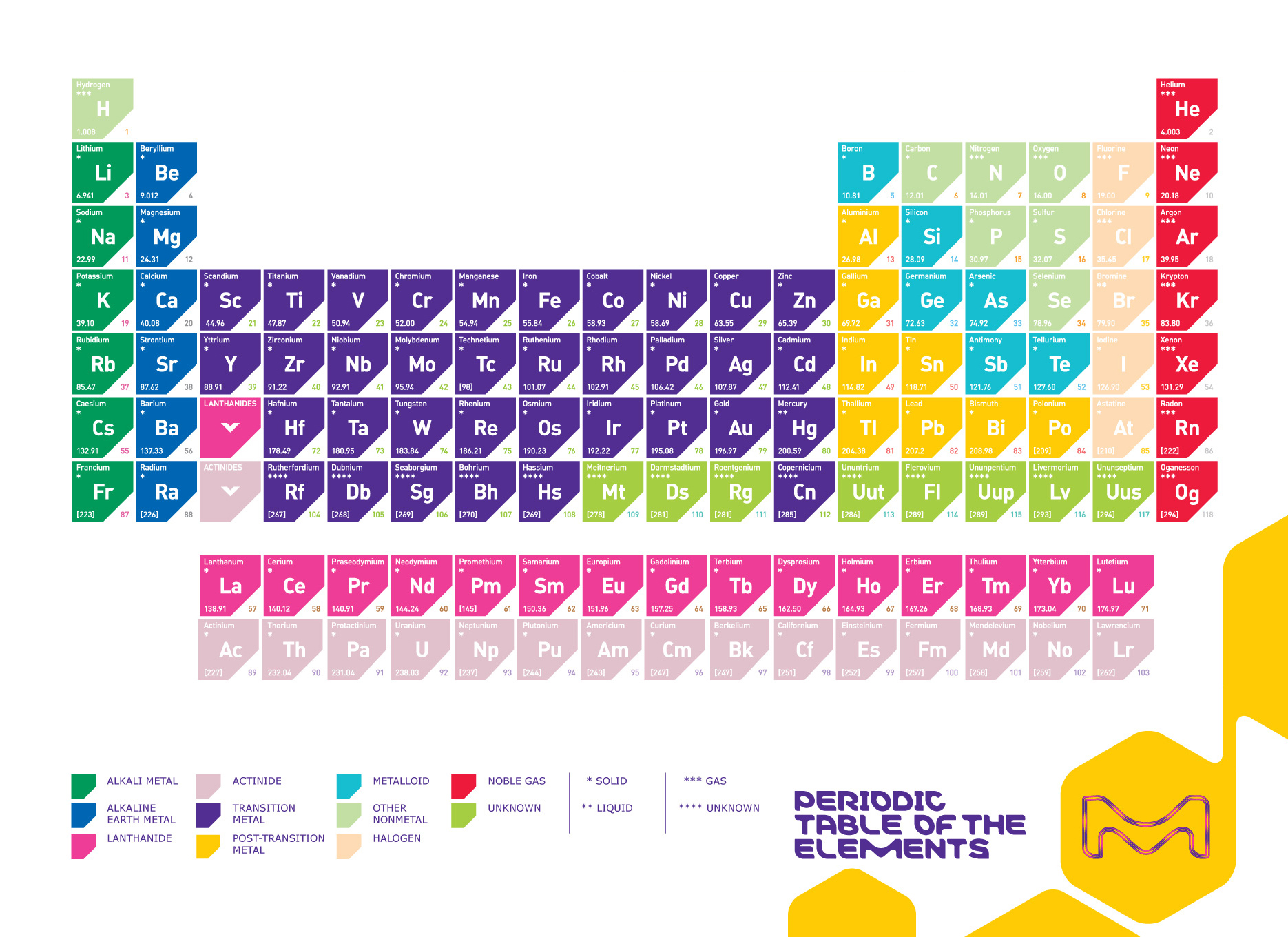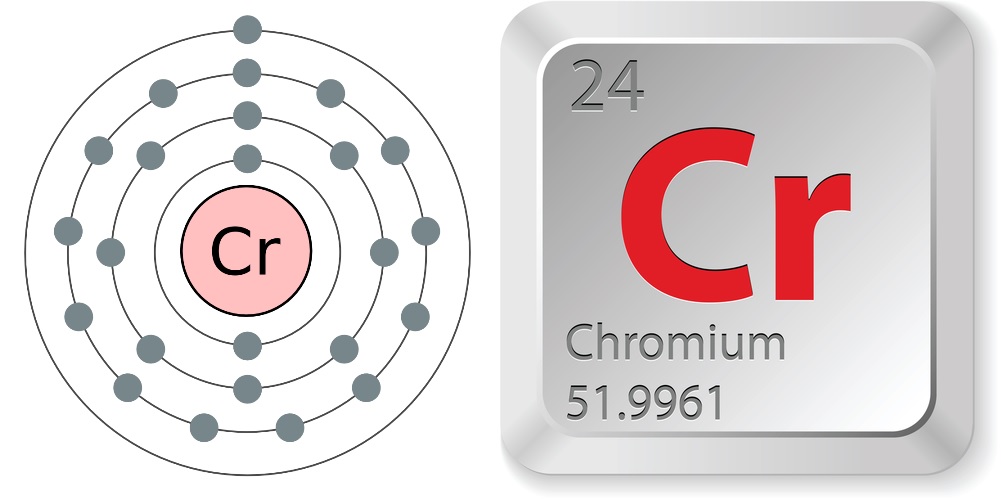

Rubidium is not found in a pure form due to its highly reactive nature.Interesting facts about the Rubidium element are mentioned below. Thus, because of this attractive force, the xenon atom shrinks.Īlso see: Periodic table with atomic size labeled on it (Image) Interesting Facts about Rubidium So if we compare rubidium atom and xenon atom, then they have same number of shells but xenon atom has more positive charge which attracts the electrons towards the nucleus.

Now, the xenon atom has 54 protons, so it generates more attractive force compared to that of rubidium. Protons are the positively charged particles which attract the negatively charged electrons. Rubidium atom has 37 protons while the Xenon atom has 54 protons. It is so reactive that it even catches fire if it comes in contact with water.Īs you can see, Rubidium and Xenon atoms have 5 shells or orbits.īut the difference is the number of protons present in their nucleus. It’s a grey white colored reactive metal. It is so reactive that if it is kept in the water, it will easily catch fire (See above animation).Īlso see: Reaction of Alkali metals with water (Animation + Chemical reactions) Is Rubidium a Metal, Nonmetal or Metalloid? Thus because of all these reasons, Rubidium element can donate or lose its electron very easily.Īnd hence, Rubidium element is highly reactive. It has a very less Ionization energy, that means very less energy is required to remove the valence electrons from its orbit.Īlso, Rubidium has lower melting point and lower boiling point which indicates that it has weak metallic bonds. Rubidium is a group 1 element and it has bigger atomic size compared to the elements of other groups.Īlso it possesses only one electron in the outermost orbit. Rubidium is a very reactive metal because of the following reasons.

Protons 37 Neutrons 48 Electrons 37 Symbol Rb Atomic massĢ, 8, 18, 8, 1 Electronic configuration 5s 1 Atomic radiusģ03 picometers (van der Waals radius) Valence electronsġ 1st Ionization energy 4.177 eV ElectronegativityīCC (Body Centered Cubic) Melting point 312.4 K or 39.3 ☌ or 102.7 ☏ Boiling point 961 K or 688 ☌ or 1270 ☏ Density 1.53 g/cm 3 Main isotope 85Rb, 87Rb Who discovered Rubidium and when? Grey white State (at STP) Solid Position in Periodic table Rubidium Element (Rb) Information Appearance So if you want to know anything about Rubidium element, then this guide is for you. In fact, the table mentioned below is the perfect information box (Which gives you every single detail about the Rubidium element in Periodic table.) This is a SUPER easy guide on Rubidium element.


 0 kommentar(er)
0 kommentar(er)
